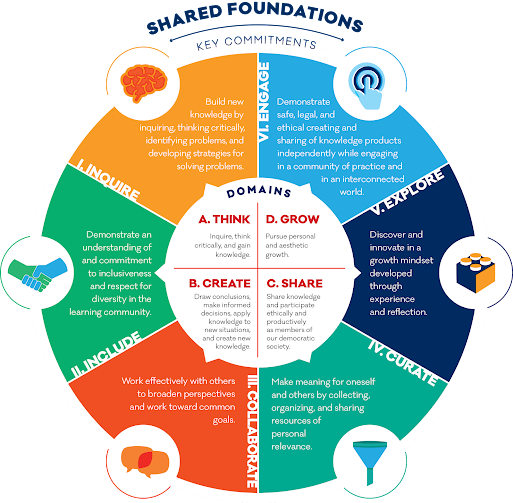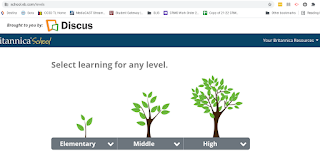SLIS761: the nature of the terrain
Family dinners were a staple in my life growing up- never formal or fussy, most nights it was just my parents, sister and me at the kitchen table, often with local news or Jeopardy! on in the background. My dad made it a point to ask us about our days or what we'd learned, and often shared something he had recently learned or some example of how he'd used what we learned in school in the real world. He also loved to give us funny facts and sayings to apply to various situations, and I remember them all fondly and often. One of his best was a saying for answering a question whenever you didn't actually have a ready answer: you thoughtfully respond with "it depends chiefly on the nature of the terrain."
Now I know that this phrase is essentially meaningless, and it is unlikely to satisfy someone who expects a real answer to a real question, but I also think it's a clever way of easing into a discussion rather than firing off a disingenuous response. It's hardly profound, but it also applies in almost any situation! Things so often do depend on the relevant circumstances.
My readings, research, reflections and participation in this course have genuinely helped me to see the nature of the terrain, of the landscape of information (or, as Dr. Green pointed out in her Week 1 lecture, instructional) technology as it can and should be used in the school library.
Because, as we all know, what we can do and what we should do with technology are two separate issues. There is overlap, but one thing that this course has clarified for me is the importance of understanding the difference between the two, and the myriad factors that contribute to the right answers about what technology tools to use, and how.
I know more now than last year about what sorts of things I can do with technology in my (eventual) library, because I've learned about new-to-me products like VR and AR systems, makerspace equipment, classroom and handheld tech, and accessibility tools. I have a deeper understanding of what it might look like to incorporate technology tools into library lessons and co-teaching or collaboration opportunities thanks to the technology integration models we've studied.
Many of those same models offer guidance not only on how to integrate technology into instruction, but on when and whether to do so from a pedagogical perspective. The technology we use should enhance instruction, not replace it, and ideally, it should advance learning outcomes. There is no one size fits all approach to incorporating instructional tech, because no two libraries (or schools) are identical. State standards, policies set by the school board, limitations on budgets, staffing, and available space all factor in when we consider how to make the most effective use of technology. The unique culture of a school will invariably influence what makes sense for its library- do students come in for regular library lessons? Is collaboration with classroom teachers supported and of interest? What technology are students already using to complete school work, and what policies dictate that use? Are school administrators champions of prolific library use, or are they even familiar with their librarians' talents and superpowers? As librarians, it is our job to weigh and understand each of these factors, and to translate that insight into our technology planning.
Once we are resourced to draft a plan, it is vital that we advocate for our needs and the needs of the school community to all of its stakeholders. Our work does not end at submitting requests or curating lesson plans; in order to serve and be seen as technology leaders in our schools, there is the matter of communicating our needs and plans effectively. We are tasked, too, with asking and answering questions about what is working, where there are unmet needs, and how we can bridge that gap competently and confidently: first for ourselves and then outwardly to our administrators, fellow educators, students, families, and communities.
Proceeding through each of this course's weekly modules afforded me the chance to build a clear and complete picture of school librarians as technology leaders, and how all of our other roles and responsibilities, from information specialist and collection manager to instructional partner and advocate, feed into and play off of that leadership. That is my takeaway: the nature of the terrain.




Comments
Post a Comment